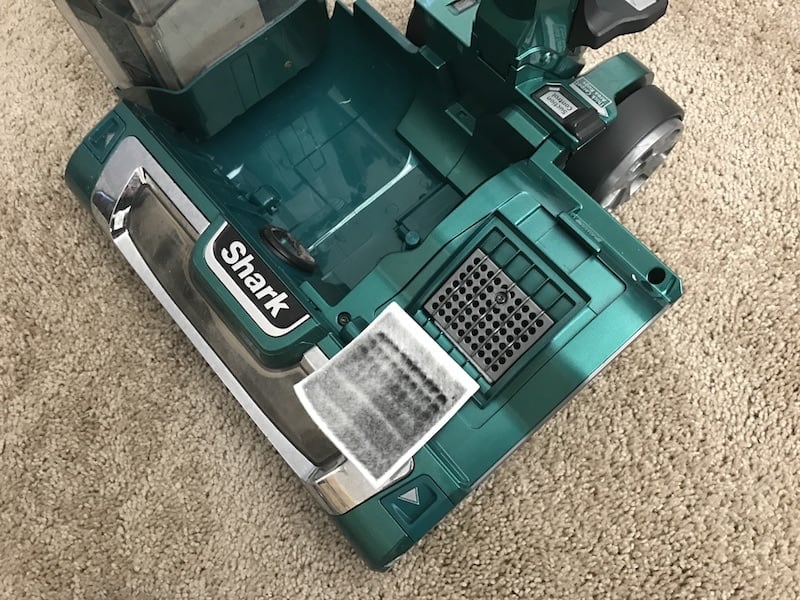Everyone seems to have their own take on when to swap those parts, whether standard or HEPA.
Here’s my take: if you vacuum once a week, a yearly replacement is usually fine. For those who battle allergies, six months is a safer bet, right along with refreshing air and furnace systems.
But here’s the kicker – there’s no downside to replacing them sooner. Fresh parts mean better performance and healthier air inside your home. So go ahead, embrace the freshness, and keep your cleaning game strong!
Types of Vacuum Filters Explained
Vacuum systems often come with different filtration options. Standard options block larger dust and debris, while HEPA versions capture smaller particles that can trigger allergies. Knowing the difference helps you choose the right replacement cycle and performance level.
Signs of a Bad Filter
Be on the lookout for these red flags that signal it’s time for a new one:
- Suction isn’t as strong as before.
- The machine is suddenly louder than normal.
- It’s been over a year, or you can’t recall the last replacement.
- The machine develops an odd odor.
How Often Should You Replace Different Filter Types
- Standard models – once a year if used weekly.
- HEPA models – every six months, especially for allergy concerns.
- Heavy use homes – more frequent swaps are better, even if the schedule feels early.
Wash Filter
Some brands suggest rinsing the filters with water. I recommend against it. It’s hard to know which designs can handle water, and rinsing can push dirt deeper into the fibers. The smarter option is replacing with a new one, they’re inexpensive and improve air quality.
Tips for Extending the Life of Your Vacuum Filter
- Empty the dust bin frequently.
- Keep floors free of large debris that can clog parts early.
- Store the vacuum in a dry spot to avoid dampness damaging components.
Changing a Vacuum Air Part
Every vacuum is different, but a quick video search will show the basic steps for swapping the part. Plenty of step-by-step examples exist online, making the process straightforward for most machines.
